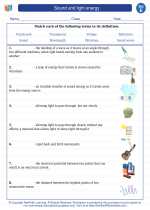Sound and light energy -> storms
Storms
A storm is a violent disturbance of the atmosphere characterized by strong winds, thunder, lightning, and precipitation. There are several different types of storms, each with its own distinct characteristics and causes.
Types of Storms
1. Thunderstorms: Thunderstorms are characterized by the presence of thunder and lightning. They often produce heavy rain, strong winds, and sometimes hail. Thunderstorms are most common in the spring and summer months, and are often associated with the formation of cumulonimbus clouds.
2. Tornadoes: Tornadoes are rapidly rotating columns of air that extend from a thunderstorm to the ground. They are often accompanied by a funnel-shaped cloud and can cause significant damage. Tornadoes are most common in the central United States during the spring and summer months.
3. Hurricanes: Hurricanes are large, powerful storms that form over warm ocean waters. They are characterized by strong winds, heavy rain, and storm surges. Hurricanes can cause widespread destruction and are most common in the Atlantic and eastern Pacific oceans during the late summer and early fall.
4. Blizzards: Blizzards are severe snowstorms characterized by strong winds, low temperatures, and reduced visibility. They can cause drifting snow and dangerous travel conditions. Blizzards are most common in the northern United States and Canada during the winter months.
Study Guide
- What is a storm?
- What are the main characteristics of thunderstorms?
- Where are tornadoes most common?
- How do hurricanes form?
- What are the characteristics of a blizzard?
- How can people prepare for different types of storms?
- What safety precautions should be taken during a storm?
- How do storms impact the environment?
Understanding the different types of storms and their characteristics is important for being prepared and staying safe during severe weather events.
[Storms] Related Worksheets and Study Guides:
.◂Science Worksheets and Study Guides Fifth Grade. Sound and light energy
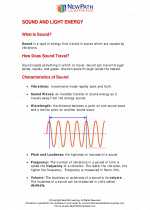
 Activity Lesson
Activity Lesson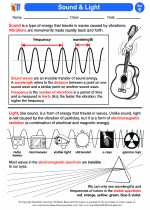
 Worksheet/Answer key
Worksheet/Answer key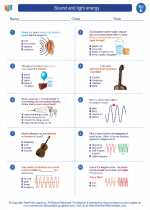
 Worksheet/Answer key
Worksheet/Answer key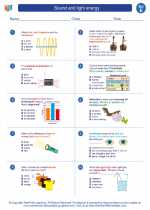
 Worksheet/Answer key
Worksheet/Answer key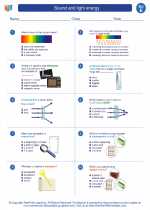
 Worksheet/Answer key
Worksheet/Answer key
 Vocabulary/Answer key
Vocabulary/Answer key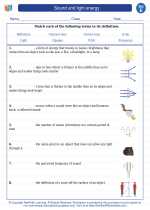
 Vocabulary/Answer key
Vocabulary/Answer key